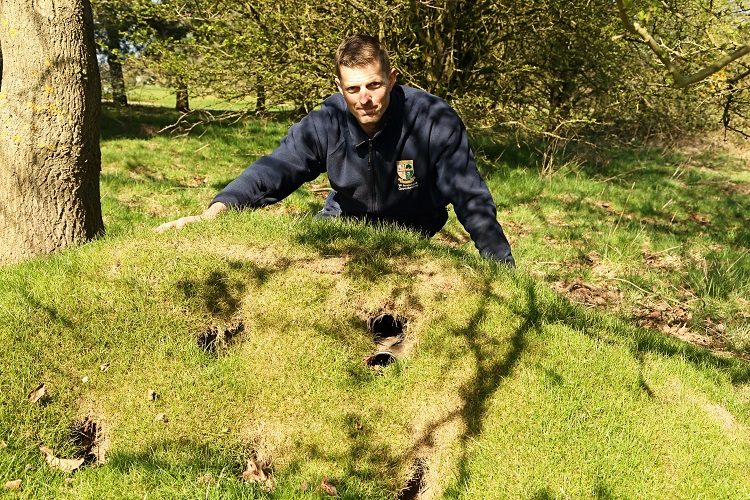
Elsham Golf Club in Lincolnshire has won the prestigious Operation Pollinator Award for its outstanding habitat creation and ecological work around the course. First Assistant Greenkeeper, Anthony Darker, highlights how they successfully established the wildflower areas that have made the club such an attraction for wildlife and for players.
Our journey to bring the golf course to life and make it more environmentally attractive was inspired by a Syngenta Operation Pollinator seminar back in 2011. We saw the potential of what we could achieve, and welcomed the practical advice to help set us on the way.
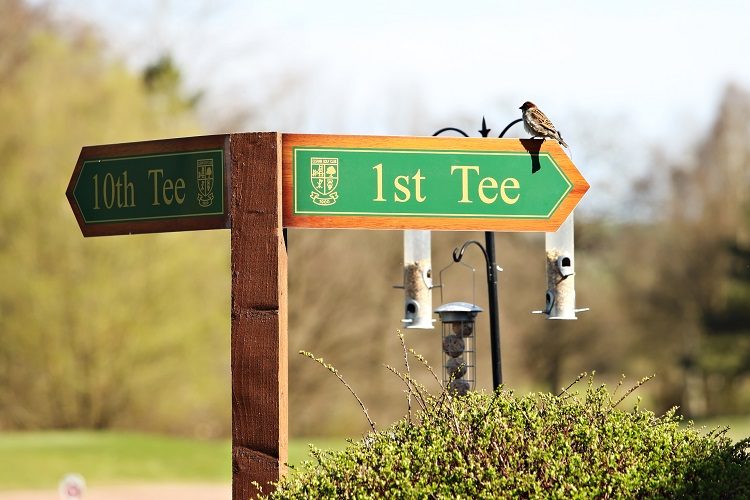
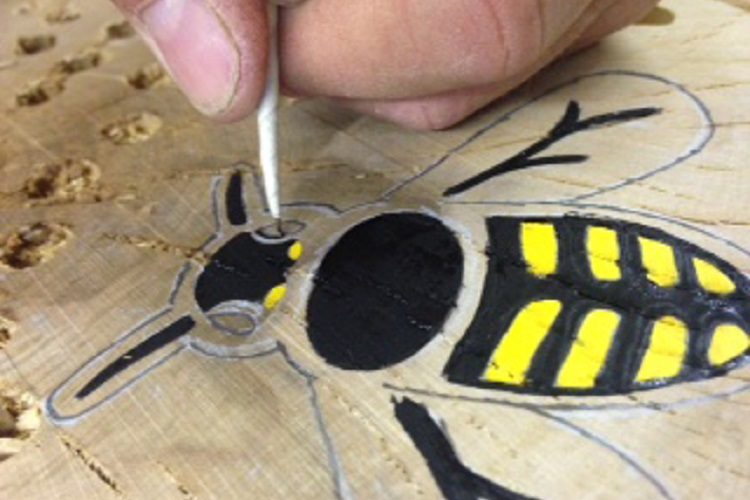
The first year we selected areas of the course that were out of play. Typically these were unsightly scrub with thick broad-leaved grasses. In the first instance we cut the areas back to 50mm height, cleared the debris and sprayed with Rescue to kill off the rough grasses.
Within three weeks the grasses had died back, so we went in with the scarifier, operated in two directions, to remove about 60% of the sward. It did appear quite brutal, but was necessary to create sufficient bare earth to sow the wildflower mix on the surface.
The seed was broadcast and pressed onto the surface, whilst trying to ensure it was not buried. We used a heathland mix that was felt would look most natural for the course and with a selection of perennial wildflower species that we would expect to find in the area.
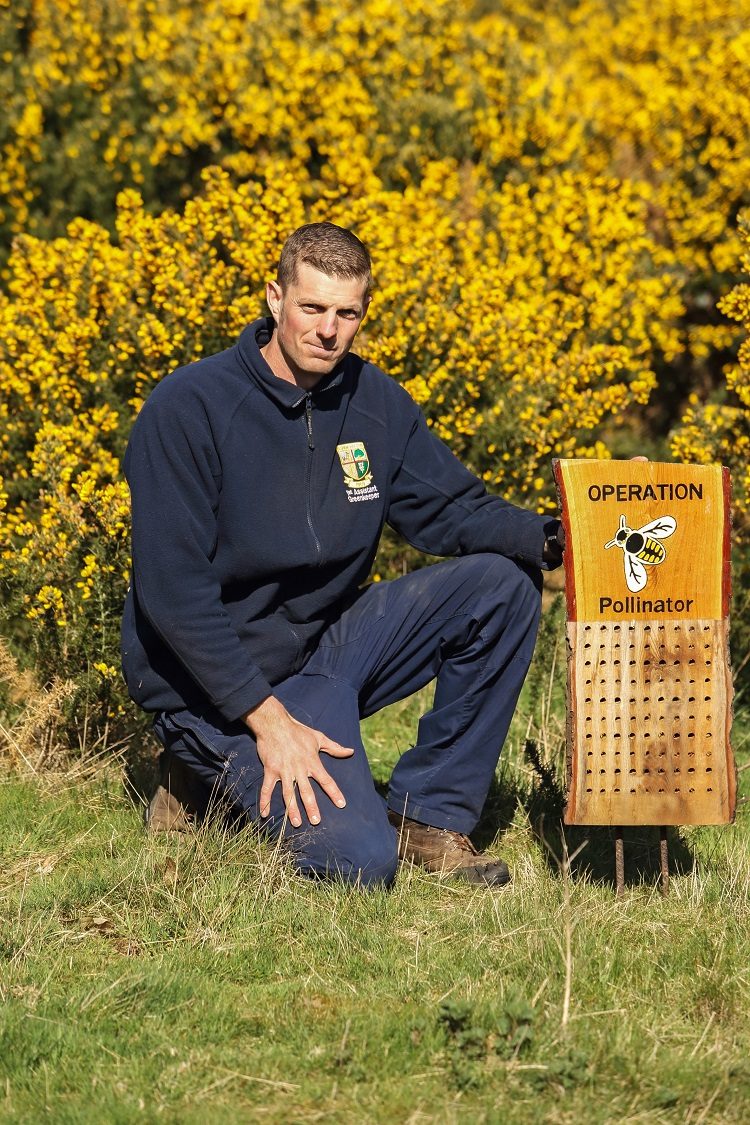
It's fair to say, that for the first 18-months, we didn't see any revolutionary change, with just some areas of Birds-Foot Trefoil and Red Clover flowering. It could have been disappointing, but we remained patient and the results over the spring and summer 2013 were certainly worth the wait.
What were once bland, colourless areas were awash with colour and crawling with bees, butterflies, moths and no end of insects that we had never seen prior to the Operation Pollinator habitats being created.
It was incredibly exciting for me, and generated a wave of enthusiasm within the greenkeeping team and the club to do more.
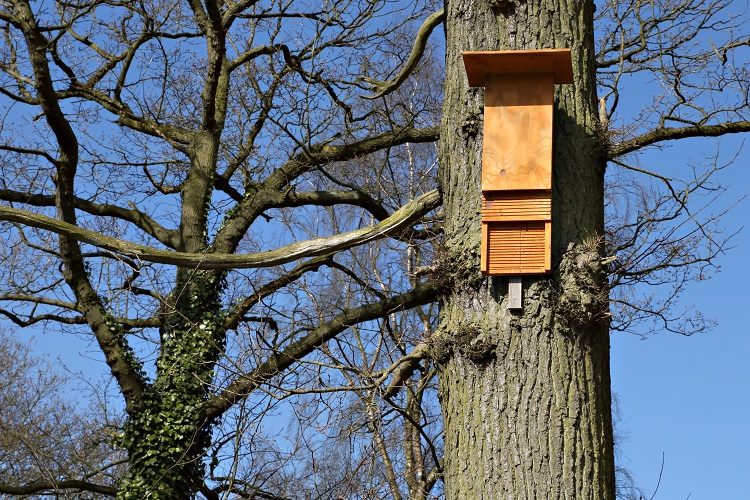
Log piles, brash piles and insect hotels have been added for the influx of insects to take refuge and provide the breeding areas to ensure their future. To keep the members informed of what we are doing and get them involved we had signs made out of a fallen tree, including the Operation Pollinator sign painted on.
For the small invertebrates, tin sheeting in the shorter grass provides a shelter, whilst log piles half in the water help amphibians to climb out of the ponds and hide from predators. Tennis balls with a hole in them give a refuge for field mice.
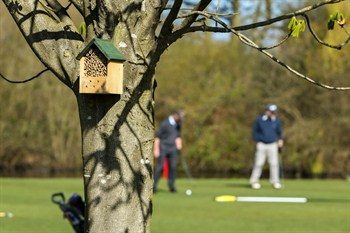
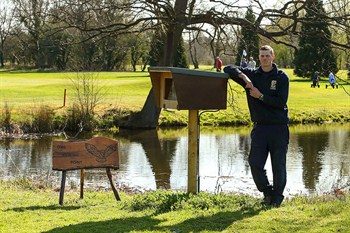
With the increase in insect life and winter seed heads we have also seen a greater number of birds and diversity of species attracted to the course - or at least we are more conscious of them and actively looking to attract them. We've put up various sizes of bird box and shelters to provide for them too, and now with owls on the course we have effectively completed the food chain.
Now, management of the wildflower areas involves waiting until the end of September for bees and butterflies to move off and take refuge in the over winter log piles, and then cutting back and removing the vegetation. The aim is to reduce the fertility and keep the sward open that will allow wildflowers to set seed and regenerate. The perennial wildflowers appear well established and self-sustaining.
| The Operation Pollinator heathland wildflower seed mix seed includes: |
|
The area is cut and baled by a local farmer, but we only cut down to 15cm and take care to start in the middle and work outwards, to give small mammals and invertebrates in the sward a chance to escape. The farmer typically gets 20 bales, and we keep two or three placed on the edge of the area to provide a further food source and nesting area for birds.
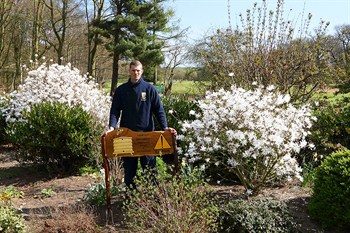
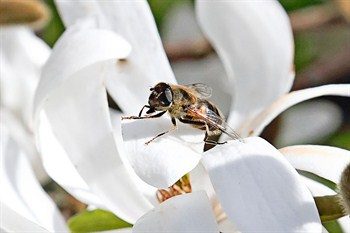
With the success of our Operation Pollinator area we have walked the course this winter and have been planning to create more wildflower areas this year. Furthermore, using the Rescue techniques to thin out the coarse grasses, we are looking to integrate this with bringing more fringing rough in to play and using it to frame the holes.
Attracting more wildlife to the course can be done in a way that doesn't slow down play and won't impede the higher handicapped players.
Most of the actions have been relatively easy, quick and low-cost and really added to the overall ecological value of the golf course, with no negative implications for management of the playing surface or for the players. In fact, for most, it has been a warmly welcomed positive enhancement of the environment in which they play.
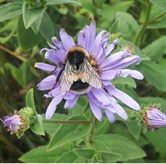
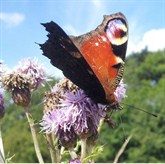
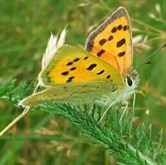
| Elsham Golf Club, situated 15 miles south of Hull, was established in 1900 as a parkland/heathland course. Covering 45 hectares (115 acres), the 18-hole par 71 course measures 6426 yards. With 600 members and featuring inToday's Golferlist of 'Hidden gems in the UK', it regularly hosts county events and tournaments. |
